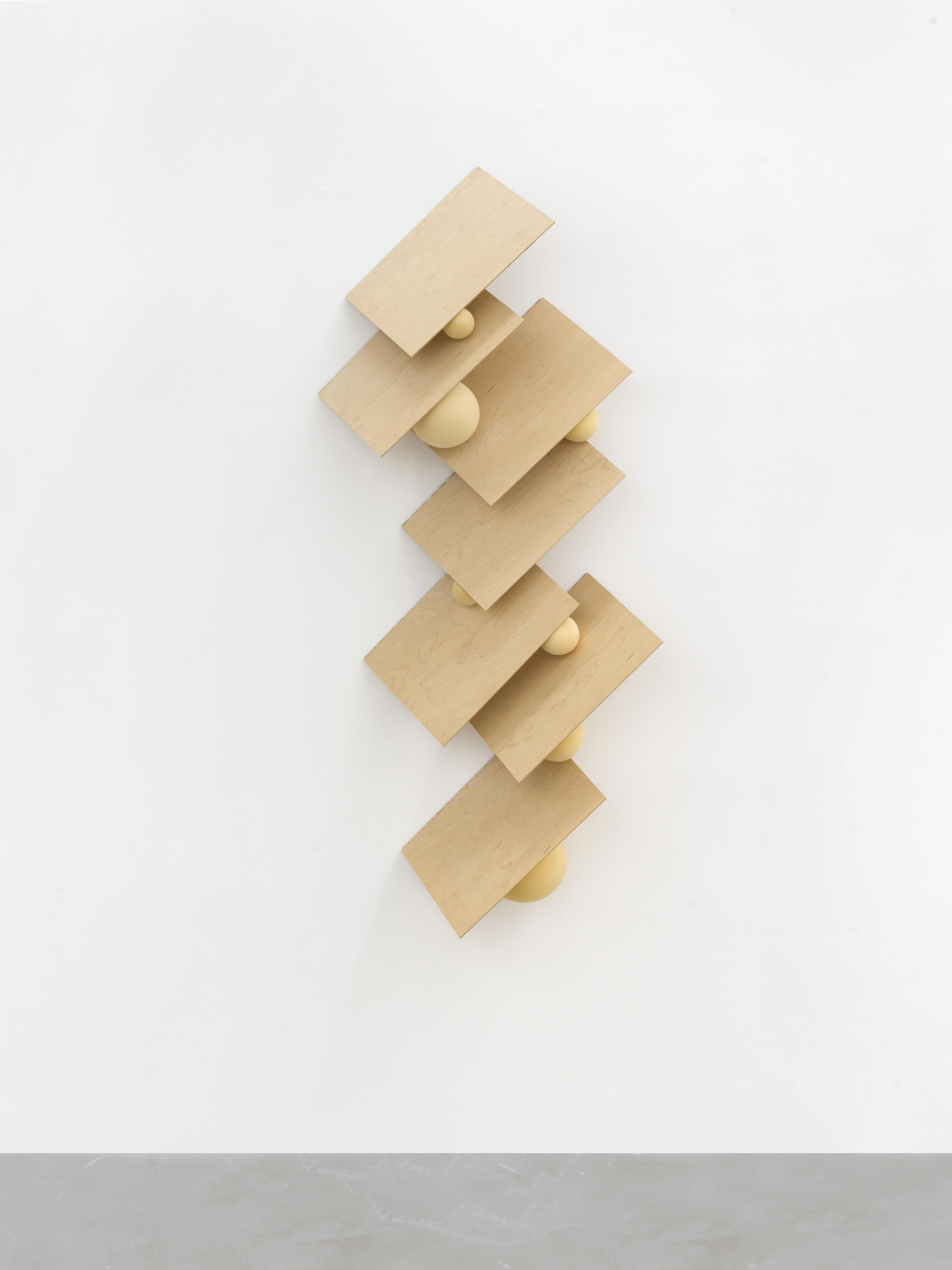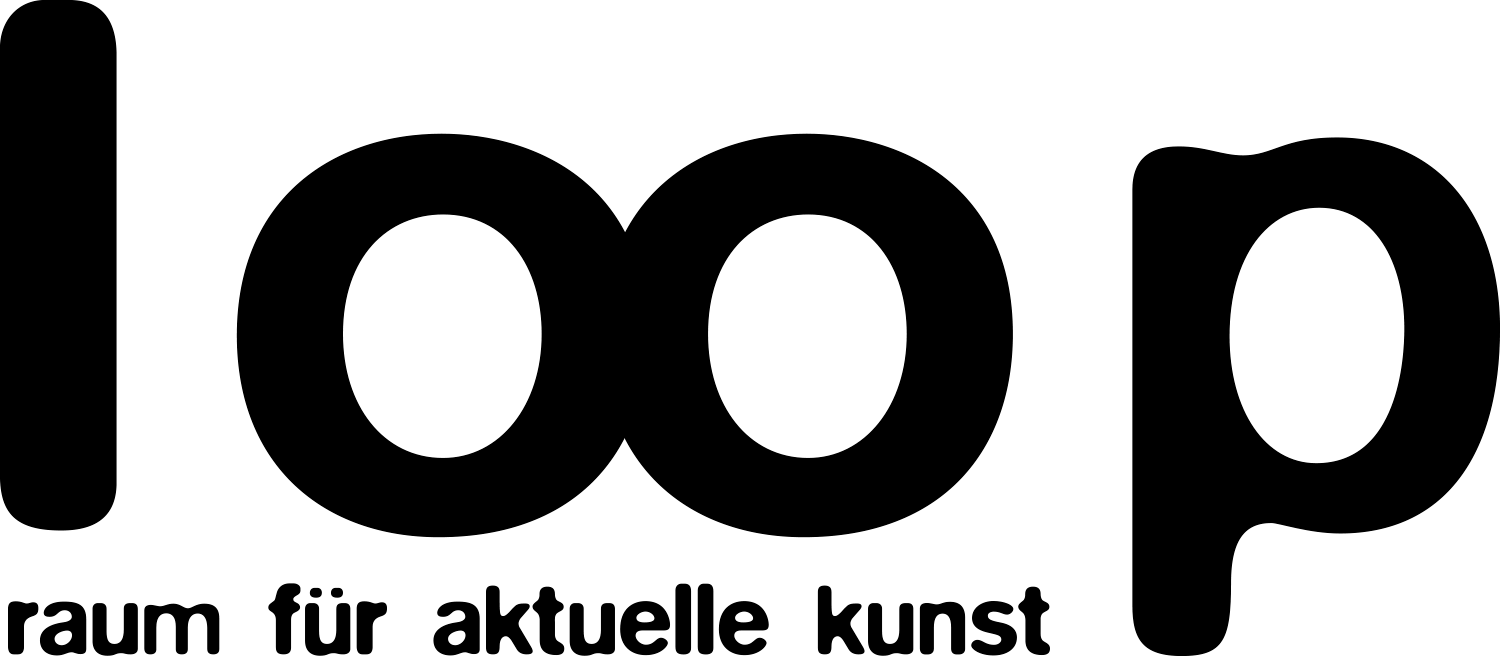loop special project
KONKRET ABSTRAKT
KONKRET ABSTRAKT












KONKRET ABSTRAKT
Sensuality is missing, the imagination has narrow limits – the term "abstract" is often used in this way. Conversely, "concrete" is considered the opposite of this, in the sense of vivid, tangible, representational.
The group exhibition »konkret abstrakt«, conceived by the Berlin curator Rüdiger Lange for Anahita Contemporary, shows works by female artists in which this supposed opposition is suspended in the dialogue between surface and space.
Coming from different countries and belonging in part to different generations, all the artists have in common an exploration of perspectives on the abstract and the concrete.
Some of the selected wall works and installations are rearranged or framed for the exhibition, thus creating unique spatial situations.
Even before entering the exhibition, one’s gaze is drawn to a "CUT" by Berlin artist Birgit Hölmer, consisting of carefully arranged scraps of adhesive tape. Attached to the window front of the gallery, the two-dimensional work, set in abstract forms, seems to have a three-dimensional effect on the room, allowing abstract and concrete elements to alternate.
The installation "Partitura IV" by Carla Guagliardi, who lives in Berlin and Rio de Janeiro, presents itself as an interplay of forms – questioning its own formality in the process. Here, foam balls are serially combined with plywood boards; what can be seen is a spatial notation on aspects of gravitation, adhesion, expansion and elasticity.
The filigree paper-cut works of Fiene Scharp, which look like drawings, are based on abstract grids on the one hand and concrete, differently colored cut sheets on the other. By manually cutting out structures, thereby gutting or decontextualizing them, the Berlin artist reveals new orders. Through superimposition, three-dimensional or condensed structures with new surfaces and structures are created.
The wall sculpture by Chilean-born Berlin artist Maria Muñoz comes from her "Unbound Space" series. Inspired by the textile tradition of the Mapuche, indigenous people of central and southern Chile and Argentina, the partly painted wooden structure is based on the representations, figures, symbols and signs depicted in the woven blankets of the Mapuche. As an emerged, plastic derivative of a textile composition, the signs are now equally in surface and space, are abstraction made concrete.
Amalia Valdés, who was born in 1981 in Santiago de Chile and lives in Berlin, investigates in her works – often wall reliefs with reference to the culture of indigenous peoples of South America – among other things geometric and space-producing aspects of grids. In their encounter with her works, which are here matte, there shiny, then reflective, viewers become active observers who perceive changes in form, color, and light according to their perspective and the position of their bodies.
Anni Albers, born in Berlin in 1899 (as Annelise Fleischmann) and died in Orange, Connecticut in 1994, is known as one of the most influential figures of abstract art and design of the 20th century, and not only because of her activities as, among other things, head of the weaving department at the Bauhaus in Dessau. In particular, her textile works, which are as versatilely experimental as they are style-defining, belong to the canon of modern formal and color language. Among her lesser-known works on paper, the screen prints on display also point to the historical relevance of abstract, concrete, and minimalist artistic positions; they can be read simultaneously in perspective, even architecturally.
At first glance, the works of Bärbel Dornier are hybrids between image and object: by rounding off the edges and working the borders, they undermine the separation of painting and sculpture. The artist places precisely aligned lines on the monochrome ground of the image carrier. The approach, which can be called minimalist, is limited to the color contrast formed by the ground and the lines, because at the same time the works are given an energetic moment by the use of Tadelakt, a lime plaster from Morocco with a connotation of high quality from an artisan tradition.
The large-format object by the Berlin artist Rebecca Michaelis sensitizes the viewer to a changed perception of the exhibition space, but it also stimulates the viewer’s own change of perspective: the shifts between the two- and three-dimensional grasp of the lines and forms in her mobile take place not only in the play of the object’s movements, but also through the viewer’s active change of position in the space. What was just suggesting volume is now two-dimensional drawing in space – what was just standing concretely in space now seems to have become abstract one turn further. In the continuous dialogue with space and the viewer, the object also finds itself in a thematic oscillation with the other works in this exhibition.
Press contact:
Anahita Sadighi
Anahita Contemporary
Schlüterstraße 14
10625 Berlin
+49 162 2866767
info@anahita-contemporary.com
www.anahita-contemporary.com
